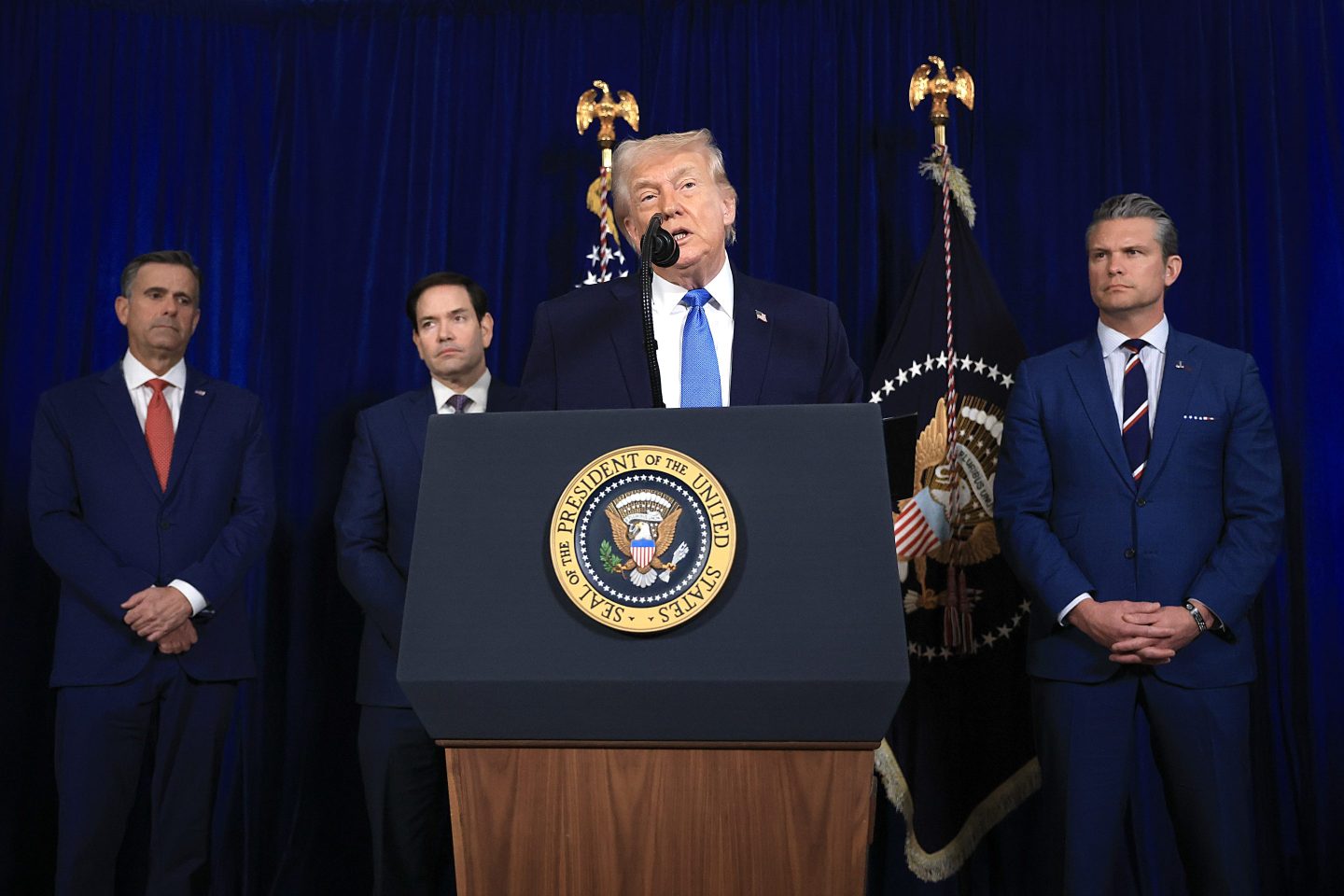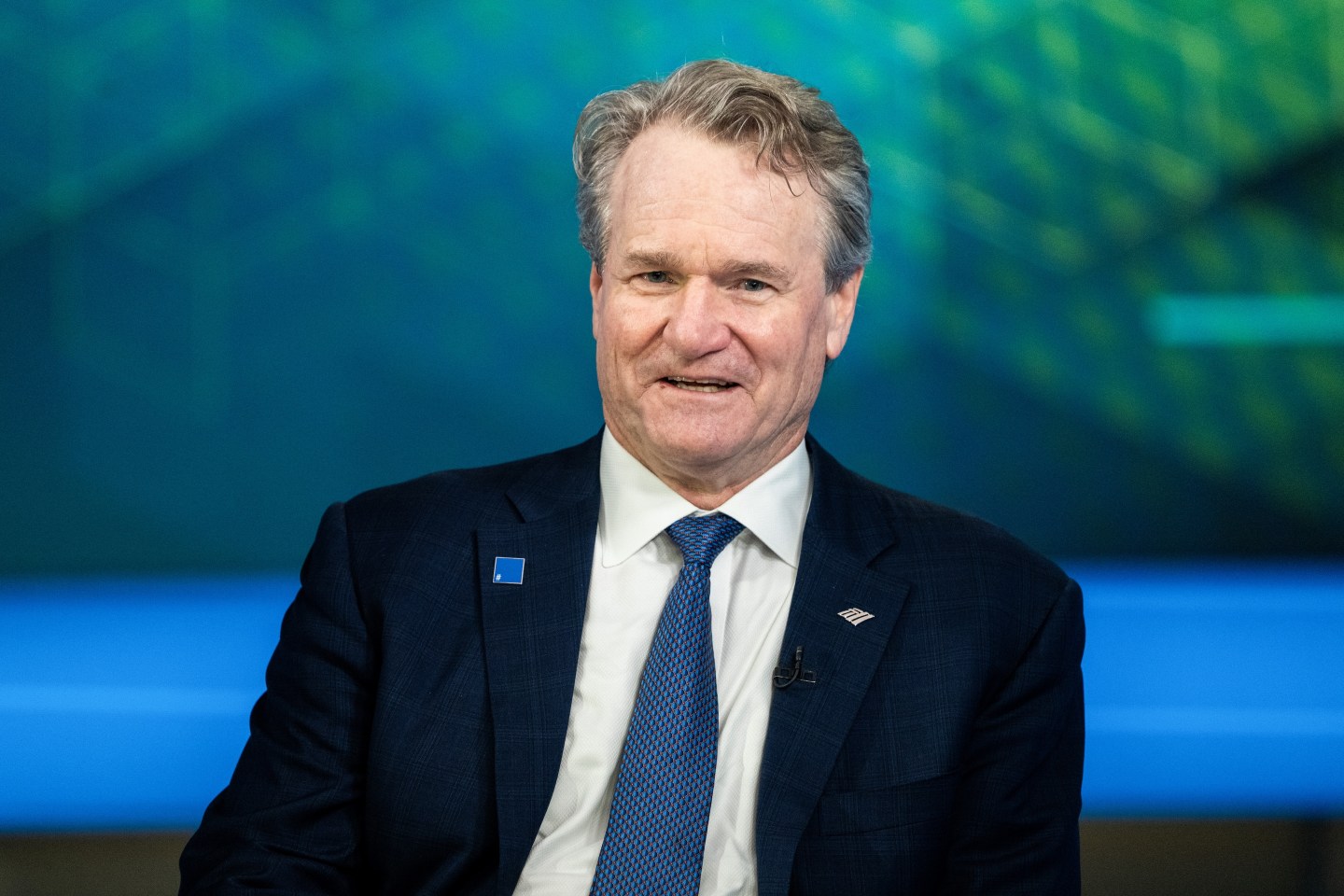There’s no doubt that commercial real estate, and especially the office market, is undergoing a seismic transformation, one that’s not likely to abate any time soon. A boom time of near-zero-interest-rate policy, abundant liquidity, and cap rate compression over the past decade has given way to a perfect storm–a wall of maturing debt, tightened lending conditions, and cratering property values–all amid higher interest rates that show no sign of returning to their pre-2022 lows.
The outlook for the office sector has been particularly negative. It’s a tale of two markets right now: roughly 30% of office buildings account for 90% of the vacancies and may never recover, while the other 70% have the chance to stabilize over time. Either way, the office market finds itself at an inflection point, much like the retail market as mall acquisitions were being financed.
It’s equally clear that this total reset won’t reverse itself any time soon as the cost of capital will remain elevated for the foreseeable future. Using a forward yield curve to track the U.S. 10-year Treasury, we can forecast yields rising from 4.46% in July 2025 to 5.78% in July 2035. Inflationary pressures will persist, and the historically accommodative monetary policy of the past decade will not spring back to life. The genie can’t be put back in the bottle.
This dislocation creates gaps in the market. Banks are growing skittish towards their exposure to office real estate, and in May the Federal Reserve Bank of St. Louis reported that banks’ CRE loan growth had plummeted to an 11-year low. The Federal Reserve Bank of New York has publicly warned that CRE risks will weigh on banks’ balance sheets for years to come.
A special situation strategy for a special situation
Under these circumstances, it is “special situation investing” that will win the day. Special situation investing comes from the hedge fund world, where it means stepping into moments of market dislocation where traditional capital isn’t available because of complexity and distress. At Peachtree, not all distress is created equal: we differentiate between cyclical stress (e.g., a hotel that needs a bridge loan through renovation) and structural obsolescence (e.g., challenged office assets that may never recover).
There’s an enormous appetite for this type of flexible capital. The private credit market has grown by 50% in the past four years, ballooning to $1.7 trillion with no signs of stopping. (Morgan Stanley estimates the private credit market’s growth potential to leap to $2.6 trillion by 2029.) As banks grow increasingly wary of lending to CRE, private credit and special situations capital will no longer be sidelined as alternatives; the flexibility, speed, and dependability of these solutions will make them primary sources of funding.
Where traditional lenders are pulling back due to balance sheet pressure and concerns about the health of the office market, special situations investors will fill the void with preferred equity, mezzanine debt, bridge loans, and rescue capital. Investors will position themselves as problem-solvers for banks and sellers by acquiring non-performing loans and purchasing distressed debt, often at discounted pricing. At a time when many investors lack operational bandwidth and expertise, those who can close quickly and manage properties directly will have the edge. And as skyrocketing insurance premiums, labor shortages, and taxes drive up property expenses sharply, every dollar that can be saved by rigorous underwriting discipline and operational efficiency becomes precious.
All in all, the winners in this choppy period for the office market won’t be passive buyers or those who are still casting a backward look at pre-2022 conditions; the winners will be strategic operators willing to step into the gaps created by CRE’s seismic shift. Making lemonade out of lemons in this difficult environment will require keeping one eye on capital markets complexity and another on property-level operational challenges–and it will necessitate a willingness to fill the market’s gaps.
The entry points for special situations investors are attractive ones, and we’ll continue to see plenty of buzzy headlines about private credit as the newest “shiny object” on Wall Street. But make no mistake: most firms that have jumped on the private credit bandwagon recently lack the necessary infrastructure and true expertise to execute effectively. The investors who have spent years building durable and battle-tested teams across all cycles, good times and bad, are the ones who are prepared to reap today’s rewards.
The opinions expressed in Fortune.com commentary pieces are solely the views of their authors and do not necessarily reflect the opinions and beliefs of Fortune.












